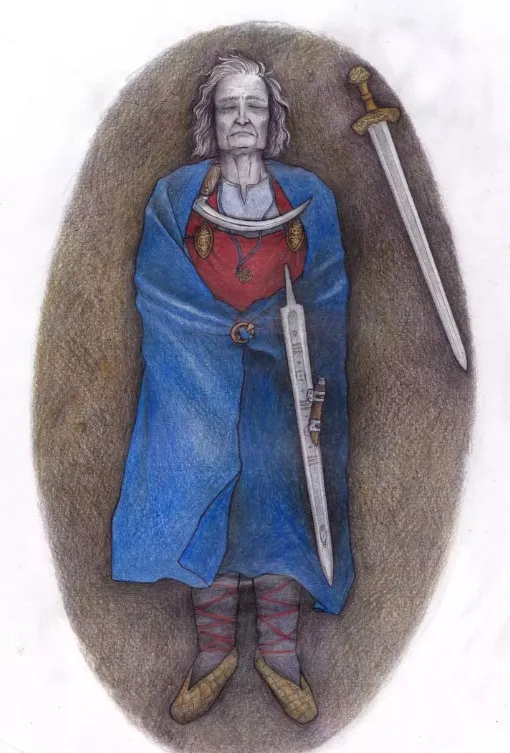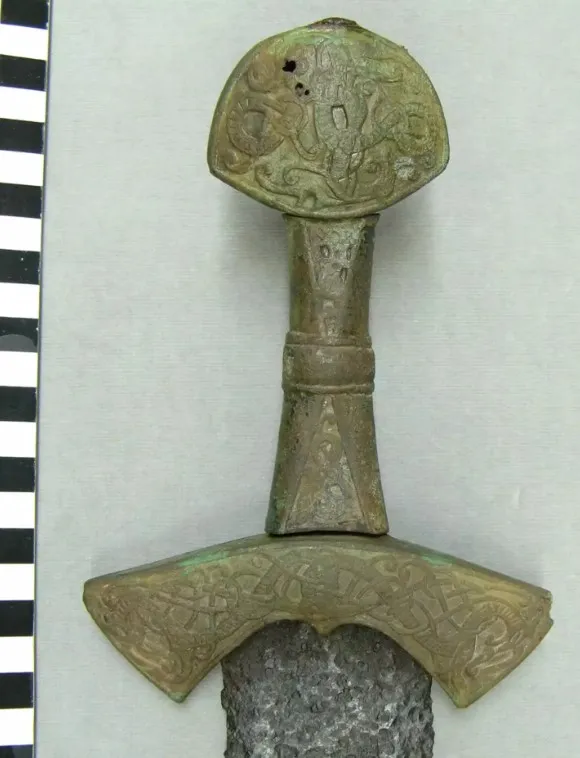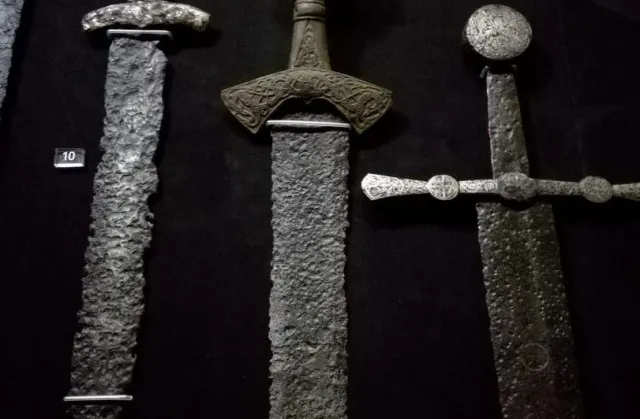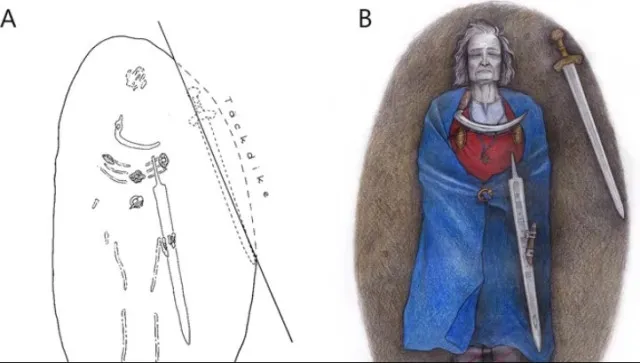A recent study reveals a 1,000-year-old warrior burial may indicate the individual was non-binary, challenging historical gender assumptions.
A recent study has provided new insights into a warrior buried in Finland over 1,000 years ago.
This research challenges long-held beliefs about gender roles in ancient societies.
The findings suggest that this warrior may have been non-binary.
This term describes individuals who do not identify strictly as male or female.

Researchers discover that a 1,000-year-old buried warrior may have been non-binary
The grave of this unknown warrior was first discovered in the 1960s in Suontaka Vesitorninmäki, Hattula, Finland.
Archaeologists found a sword with a bronze handle and various artifacts in the grave.
For many years, experts debated whether the grave belonged to a man, a woman, or even a couple.
Some believed it could be evidence of powerful female leaders or warriors from the Late Iron Age.

New techniques in archaeology have allowed researchers to take a closer look at the remains and artifacts in the grave.
The study published in the European Journal of Archaeology emphasizes that the burial site contained only one individual.
Burial items suggest this person didn’t fit traditional male or female categories.
This person wore clothing linked to women but also carried a sword that symbolized masculinity.
Ulla Moilanen, a doctoral candidate in archaeology from the University of Turku, led the study.
She noted that the burial items suggest this individual didn’t fit traditional male or female categories.
Instead, they may have had a unique social identity transcending these gender norms.
A press release from the University of Turku explains: “The jewelry inside the grave indicates that the buried individual was dressed in typical female clothing of the period.
“On the other hand, the person was buried with a sword – possibly two, according to some interpretations – which is often associated with masculinity.”

Ancient DNA analysis links warrior to Klinefelter syndrome and social respect
Analysis of ancient DNA has revealed that this warrior likely had Klinefelter syndrome, a condition where a person is born with an extra X chromosome.
This condition can lead to a variety of physical traits and may affect how a person identifies.
Moilanen noted that the community might not have viewed this individual with Klinefelter syndrome as strictly male or female.
The grave contained a rich assortment of items, including jewelry and weapons.
These findings show that society respected and valued the warrior.

The mix of feminine clothing and masculine weapons suggests a complex identity accepted by people of that time.
The press release explains: “If the characteristics of the Klinefelter syndrome have been evident on the person,
they might not have been considered strictly a female or a male in the Early Middle Ages community.
“The abundant collection of objects buried in the grave is a proof that the person was not only accepted but also valued and respected.”
This study is significant as it sheds light on the fluidity of gender in ancient times.
It challenges the binary view of gender that has dominated for centuries.
Instead of fitting into rigid categories, people in the past may have had more diverse identities.
This perspective encourages modern society to think more broadly about gender and identity.
The research also highlights the importance of archaeological studies in understanding the past.
By examining graves and artifacts, scientists can piece together the lives of individuals from long ago.
This work is important to understand the richness of human history and the different lives people had in various cultures and times.